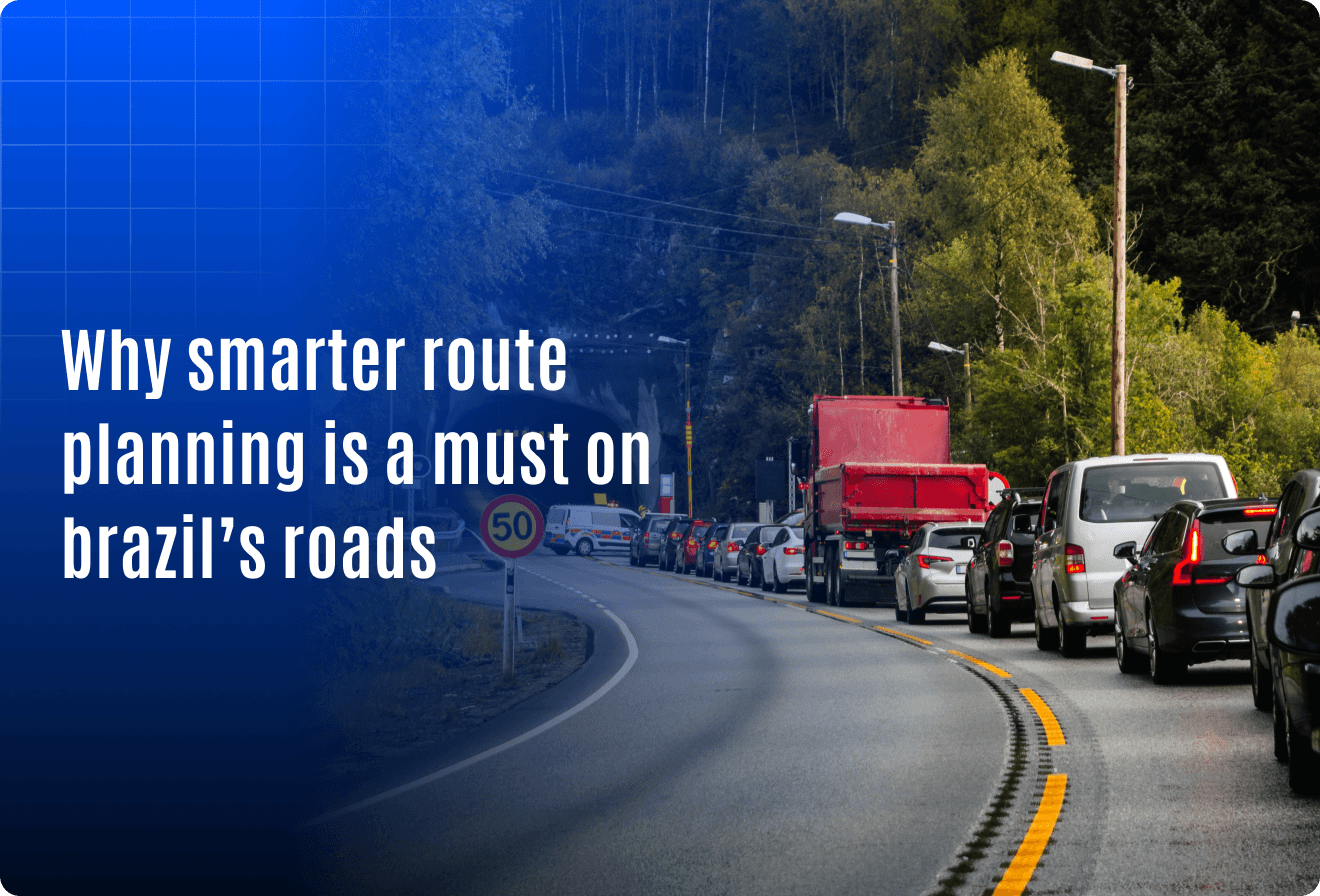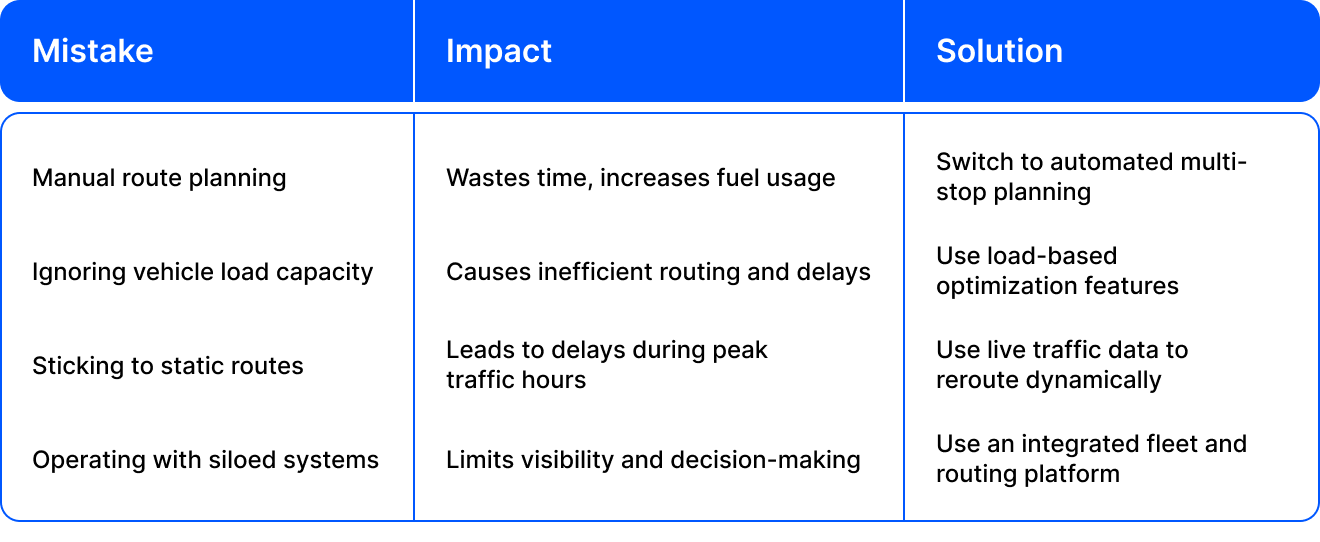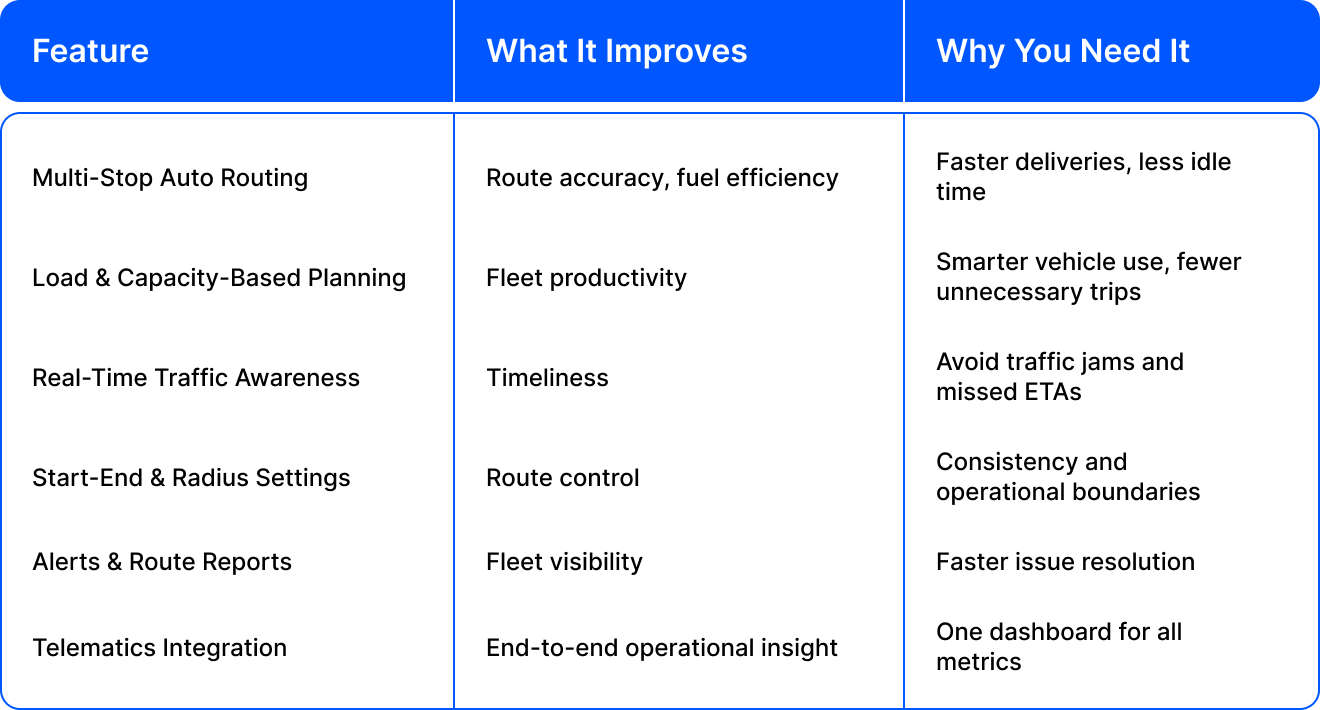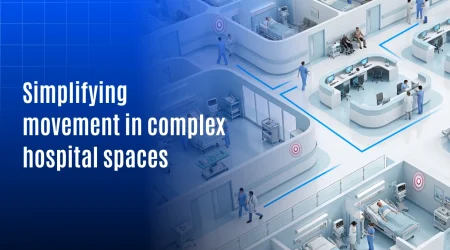Top 6 Route Optimization Features Every Brazilian Fleet Should Use

If you’re managing a fleet in Brazil, you’re no stranger to daily road challenges. From the never-ending traffic in São Paulo to unpredictable delays on long intercity routes, getting deliveries done on time takes more than just a GPS it takes smart planning.
Did you know drivers in São Paulo face over 340 kilometers of traffic jams during peak hours? And with congestion growing by nearly 7.5% each year, many spend three to four hours a day stuck on the road. Across the country, Brazil’s freight trucks over 2 million of them consume 76% of the nation’s diesel and generate almost 40% of transport-related CO₂ emissions. These numbers highlight just how costly inefficient routing can be not just for your budget, but for your entire operation. That’s where route planning makes a real difference.
With the right tools, many fleets in Brazil are already cutting travel time by 20 to 30%, reducing fuel consumption, and delivering on time even during peak traffic hours.
In this blog, we’ll break down the six most important route planning features that help Brazilian fleets work smarter not harder. We’ll also point out the common mistakes that lead to delays, waste, and unnecessary stress so you can avoid them before they hit your bottom line.
Key features of an advanced route optimization system
1. Multi-stop auto routing
Manual planning isn’t scalable.
- What it does: Automatically generates the most efficient delivery route with multiple stops.
- Why it matters: Helps fleets cover more locations in less time perfect for urban delivery operations.
- Common mistake: Assigning stops randomly or planning routes manually.
- How to fix it: Use automated tools that sequence stops logically based on time, distance, and traffic.
2. Load and capacity-based planning
More efficient trips, less vehicle strain.
- What it does: Optimizes routes based on cargo weight, volume, and vehicle capacity.
- Why it matters: Prevents underutilized or overloaded vehicles and reduces the number of trips.
- Common mistake: Failing to consider load distribution, leading to inefficient use of fleet resources.
- How to fix it: Enable route planning based on both capacity and delivery requirements.
3. Real-time traffic awareness
Static routing doesn’t work in dynamic cities.
- What it does: Adjusts routes in real time based on current traffic conditions.
- Why it matters: Prevents delays and missed deliveries in high-traffic zones like Belo Horizonte or Fortaleza.
- Common mistake: Following the same route every day regardless of changing road conditions.
- How to fix it: Use tools that integrate live traffic data to reroute in real time when needed.
4. Start-end point customization and radius settings
One size doesn’t fit all routes.
- What it does: Allows you to set route starting and ending points or define delivery radius limits.
- Why it matters: Essential for fleets that operate from depots, warehouses, or central zones.
- Common mistake: Giving drivers flexibility to start routes from any point, causing inconsistency.
- How to fix it: Standardize routes with clearly defined start-end parameters and area-based restrictions.
5. Instant alerts and detailed route reports
Visibility leads to control.
- What it does: Sends alerts for missed stops, route deviations, long halts, and more. Generates trip reports for analysis.
- Why it matters: Helps you track performance and address delays or route violations.
- Common mistake: Reacting only after delivery complaints instead of monitoring in real-time.
- How to fix it: Set up alerts and review trip reports to improve delivery accuracy and accountability.
6. Integration with fleet telematics and vehicle data
Data works better when it’s connected.
- What it does: Combines route planning with GPS tracking, fuel monitoring, engine diagnostics, and driver behavior.
- Why it matters: Provides complete visibility into trip efficiency, vehicle health, and cost per route.
- Common mistake: Using separate tools for routing, tracking, and reporting.
- How to fix it: Adopt integrated systems where routing works alongside vehicle telematics and analytics.
Common mistakes Brazilian fleets still make
Here are four widespread errors and how you can solve them:
Quick feature recap
Why these features matter in Brazil
Brazil’s logistics sector is growing fast but so are the challenges:
- Urban congestion is rising.
- Fuel costs are unpredictable.
- Customer expectations are higher than ever.
Route optimization is no longer just a nice to have it’s a competitive edge. These six features not only help you navigate Brazil’s cities better, but they also reduce costs, enhance driver performance, and ensure timely deliveries.





